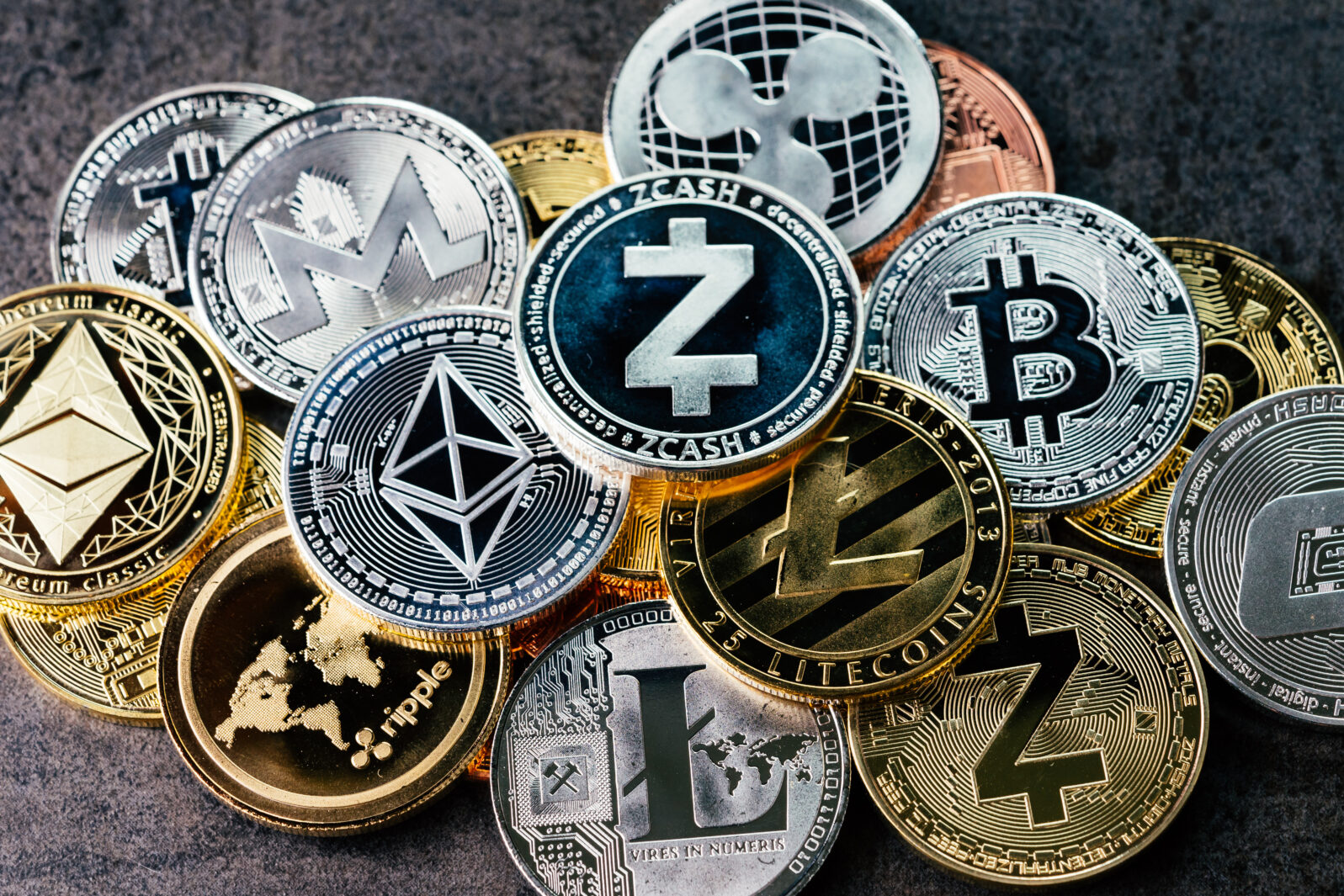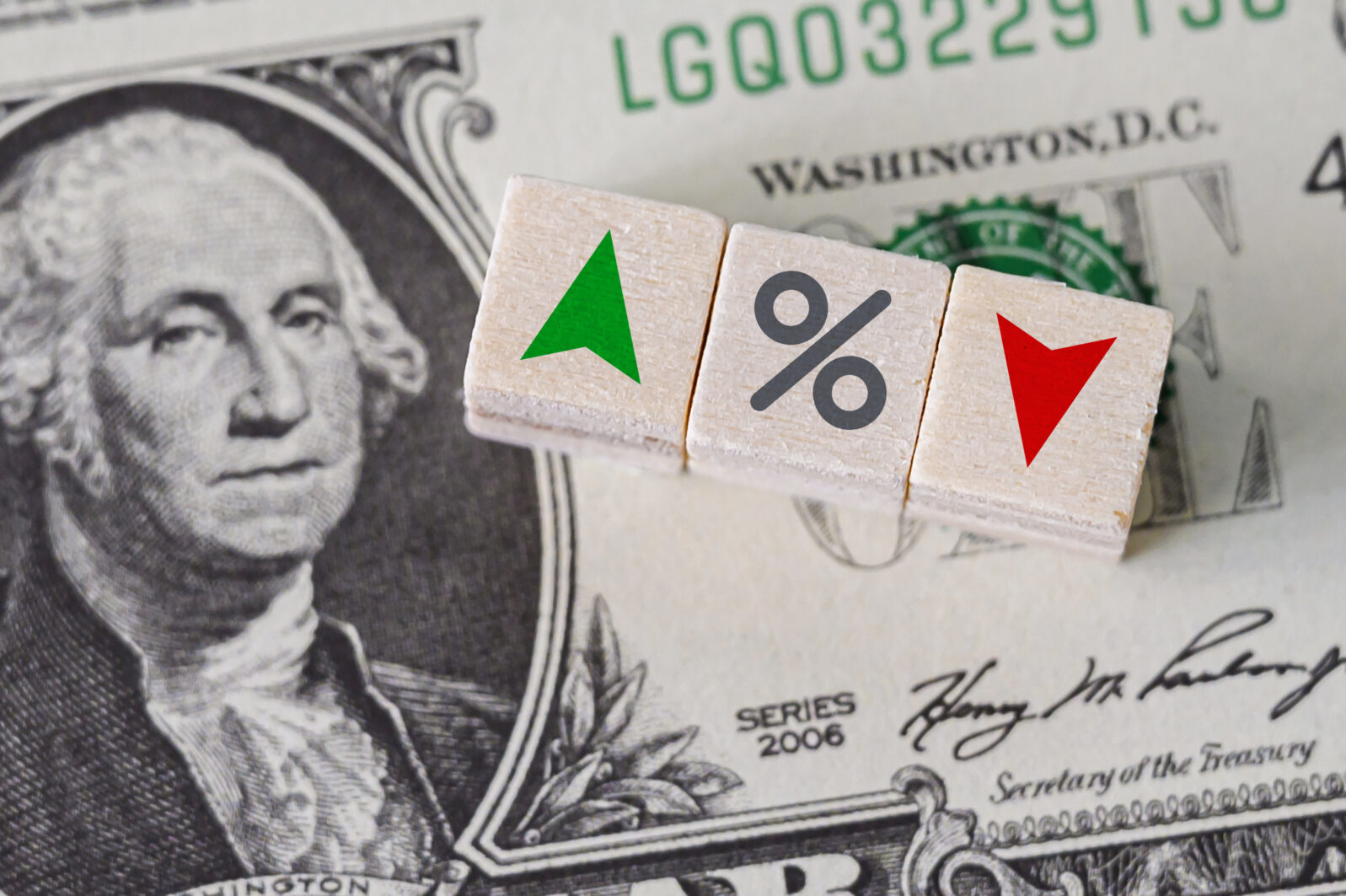Central Banks vs. Cryptocurrencies: Why the Growing Tension?
Modern Monetary Theory (MMT), which is gaining ground, holds that government should just print as much money as it feels it needs and then raise taxes to cover shortfallsOn the way to explaining how a cryptocurrency system might work, financial analyst Bernard Fickser asks readers to think about the crucial difference between money, as held by a private bank — we’ll call it Merchant Navy Bank — and a central bank operated by a government, say the U.S. Federal Reserve System (the Fed).
In his short online book, The Creation of Money, Fickser distinguishes between private banks and central government banks. Private banks start with money that already exists. The money that Merchant Navy Bank lends for mortgages, for example, is contributed by depositors who agree to tie up their money for several years in savings certificates. In return, they get a higher than average rate of interest. But government banks can simply print more money.
One check on the American government just heedlessly printing money (leading to runaway inflation) is that the Fed doesn’t get to spend the money; the U.S. Treasury does. The Treasury sells interest-bearing bonds (T-bills, etc.) to back the new money. Essentially, it is buying old money with the new money, which keeps the system more or less stable. But it is still true, as Fickser says, that the new money is created simply on the authority of the government. It is not directly backed by goods and services, in the way that a homeowner’s mortgage from Merchant Navy Bank is backed by the long-term savings certificates that the bank sold to depositors.

Fickser isn’t sure whether the “T-bill” system is the best approach but it works, more or less. However, he worries about a new theory gaining ground, Modern Monetary Theory (MMT):
MMT would let the government simply create and spend the money it needs to pay for its expenses (no need, at least initially, to tax the people; no need ever to loan money into existence as in our present debt-based money creation system). Then, when this freedom to create and spend money overburdens the money supply, MMT directs the government to contract the money supply by taxation. Taxes thus become a correction to an overheated money supply
Bernard Fickser, “The Creation of Money” at Expensivity (March 4, 2021)
Fickser considers MMT “economically unsound.” Many economists agree with him, offering various perspectives:
The central idea of MMT is that governments with a fiat currency system under their control can and should print (or create with a few keystrokes in today’s digital age) as much money as they need to spend because they cannot go broke or be insolvent unless a political decision to do so is taken…
MMT theorists explain that debt is simply money the government put into the economy and didn’t tax back…
Taxes create an ongoing demand for currency and are a tool to take money out of an economy that is getting overheated, says MMT. This goes against the conventional idea that taxes are primarily meant to provide the government with money to spend to build infrastructure, fund social welfare programs, etc.
Deborah D’Souza, “Modern Monetary Theory (MMT)” at Investopedia (February 23, 2021)
Essentially, according to the theory, government should simply raise taxes when it needs more money.
Warren Mosler is a pioneer of MMT, as outlined in his 2010 book, The 7 Deadly Innocent Frauds of Economic Policy. Interest in the theory spiked during the COVID-19 pandemic in 2020. Well-known American proponents are Alexandria Ocasio-Cortez and Bernie Sanders.
American economist Thomas Palley, who opposes the policy, says that “it provides no guidance to countries like Mexico and Brazil and does not take into account political complications arising from vested interests.” Another opponent, economist Paul Krugman, has argued that “the U.S. would see hyperinflation if it was put into practice and investors refused to buy U.S. bonds.”
Fickser tends to agree:
It’s remarkable to see this proposal taken seriously. History shows that governments under stress (especially in times of war) will take heroic steps to increase the money they have to spend on what’s troubling them. Runaway inflation is therefore a clear and present danger with MMT. By the time taxes are imposed to remove excess money from the economy, the inflationary damage will have already been done.
Bernard Fickser, “The Creation of Money” at Expensivity (March 4, 2021)
He notes that one outcome of MMT would probably be a demand from private sector workers to be paid as well as government employees. Currently, he says, “In 2018 federal workers earned 80 percent more, on average, than private-sector workers. And federal workers earned 47 percent more, on average, than state and local government workers. The federal government has become an elite island of secure and high-paid employment separated from the ocean of average Americans competing in the economy.” After all, government would be free to correct the inequity simply by creating the money to pay the private sector workers. It’s a short step from there to runaway inflation.

The possible adoption of MMT helps account for the growing current interest in cryptocurrencies (Bitcoin, Ethereum, and such), not merely because they are digital but because they are non-fiat, that is, not government issued. Their fate is not necessarily tied up with economic redistribution or revolution.
Another trend that drives interest in cryptocurrencies is the gradual switch to digital currency (the cashless society). Digital transactions enable government to track all economic activity that uses its fiat currency, as China’s government is doing now. What can be completely tracked is much easier to control at a micro level. And that is Fickser’s next topic.
Next: What if the government knows you bought a Big Mac and doesn’t approve?
You may also wish to read:
Bitcoins: A roundup for non-geeks
and
How Bitcoin works: The social value of trust (Jonathan Bartlett)
